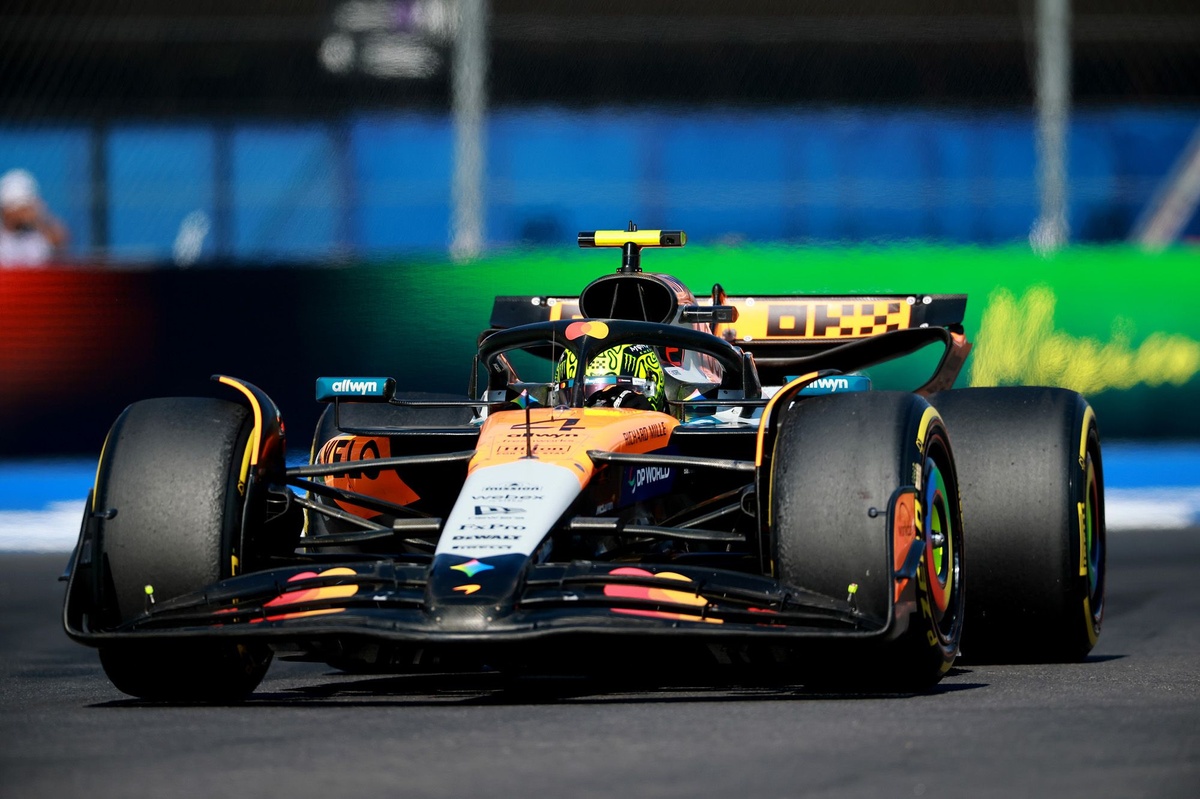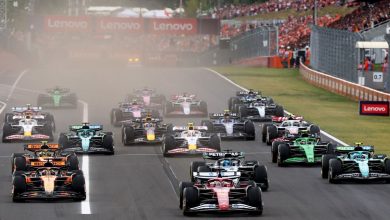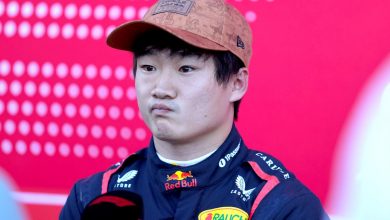How Lando Norris cut his reliance on data to catch Oscar Piastri

Thanks to his success in Mexico, Lando Norris is back at the top of the Formula 1 standings, just one point ahead of team-mate Oscar Piastri. The Brit’s lead came after he found consistency over Piastri in recent races, and may also have been helped by a decision to cut down on the data he sees on his steering wheel.
Norris’ Singapore debrief has already been suggested as a turning point for the McLaren racer, which led to his dominance last time out in the Mexican Grand Prix.
Certainly, the cooling qualities and degradation management of the rear tyres that was unlocked played a crucial role in unlocking performance for Norris. The result: he took pole in Mexico compared with fifth in Singapore. Piastri, meanwhile, qualified third in Marina Bay and fell back to eighth in Mexico.
The difference between the pair comes down to more than just set up and lap time; they also both take a very different approach to how they set their qualifying times on a Saturday.
Ever since the Monaco GP, Norris has asked to remove the delta from his steering wheel display. This is the time indicator that, turn by turn, shows a driver whether they are improving or deteriorating from their best lap.

Lando Norris, McLaren
Photo by: Jakub Porzycki / NurPhoto / Getty Images
This is a curious detail, but one with a very specific motivation: to minimise the influences of available data. Many drivers use the delta – positioned in the upper right-hand corner of the McLaren’s steering wheel, just above the speed display – as a reference to assess the progress of the lap and understand whether or not they are improving on their own time.
On some occasions it has happened that a driver would give up an attempt, or approach the lap more cautiously because of the references provided by the delta. Unlike his team-mate, Norris chose to eliminate the data point in qualifying so as not to let it impact his performances.
In his opinion, this choice allows him to maximise every corner, while knowing that, in case of an obvious mistake, he is still able to abort the lap. On the other hand, sensations do not always coincide with effectiveness on the stopwatch: in fact, it regularly happens that a driver feels comfortable with the car, yet fails to translate that into a fast lap.
Because of this, Norris does not want to be conditioned in qualifying, focusing only on the track.
“Who knows if [the delta] would have helped me or made me worse?” Norris said after qualifying for the Mexico GP. “I think the thing when I don’t have it is, I push no matter what – no matter how the start of the lap was, no matter how any corner was.
“I guess it’s because you have no reference of maybe the overall lap time, so you just always try to maximise every corner to the maximum. Otherwise sometimes I just stare at it too much, and that’s never the best thing. So yeah, it’s just nice because normally when it goes well, like today, it’s a pleasant surprise to see the lap time pop up when it’s as good as this one.”

McLaren steering wheel screen comparison between Norris and Piastri in qualifying
Photo by: Gianluca D’Alessandro
The Briton still has the lap time that appears on the screen at the end of the pass, so he has a final reference to consider.
What’s more, he does not remain “in the dark” during the lap: key data remains visible, such as tyre temperature, which is essential for optimising tyre preparation and finding the operating window, and gear and brake balance – although this is often managed through presets.
The situation changes over a race weekend, however, as the delta returns to Norris’ steering wheel in races. In the grand prix, it ensures consistency and provides a reference on the level of saving that may be required by the team at certain points of the race.
We want your opinion!
What would you like to see on Motorsport.com?
– The Motorsport.com Team






